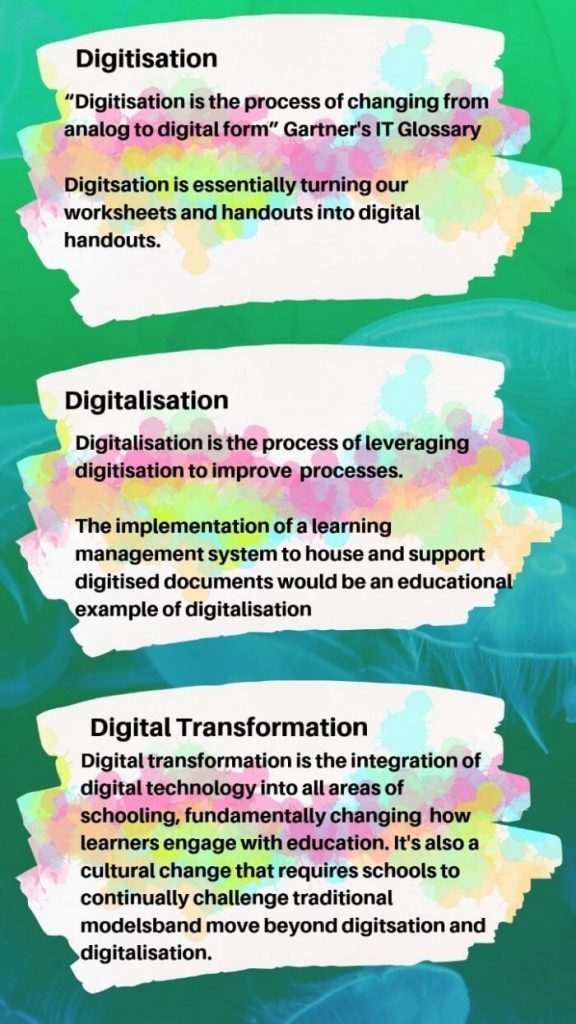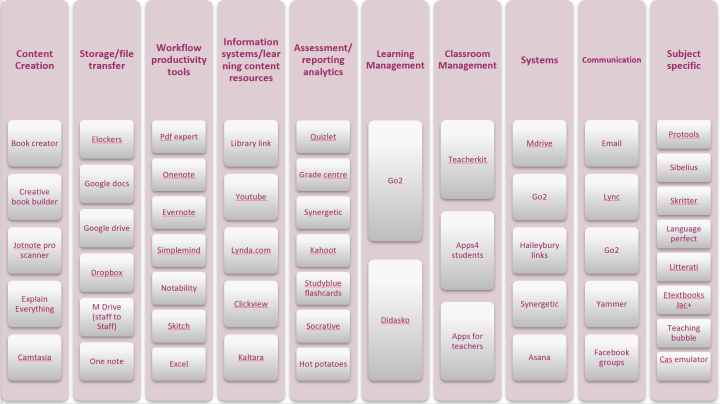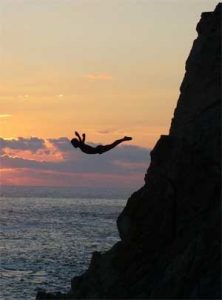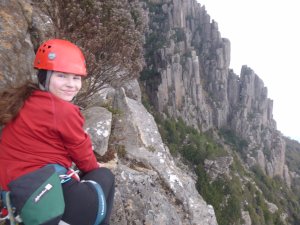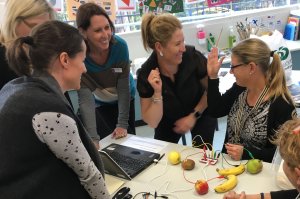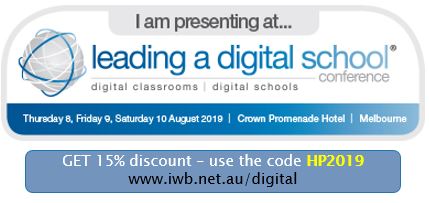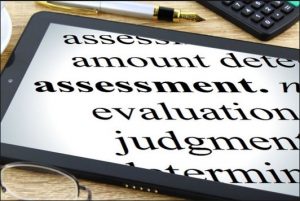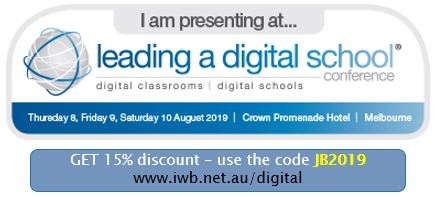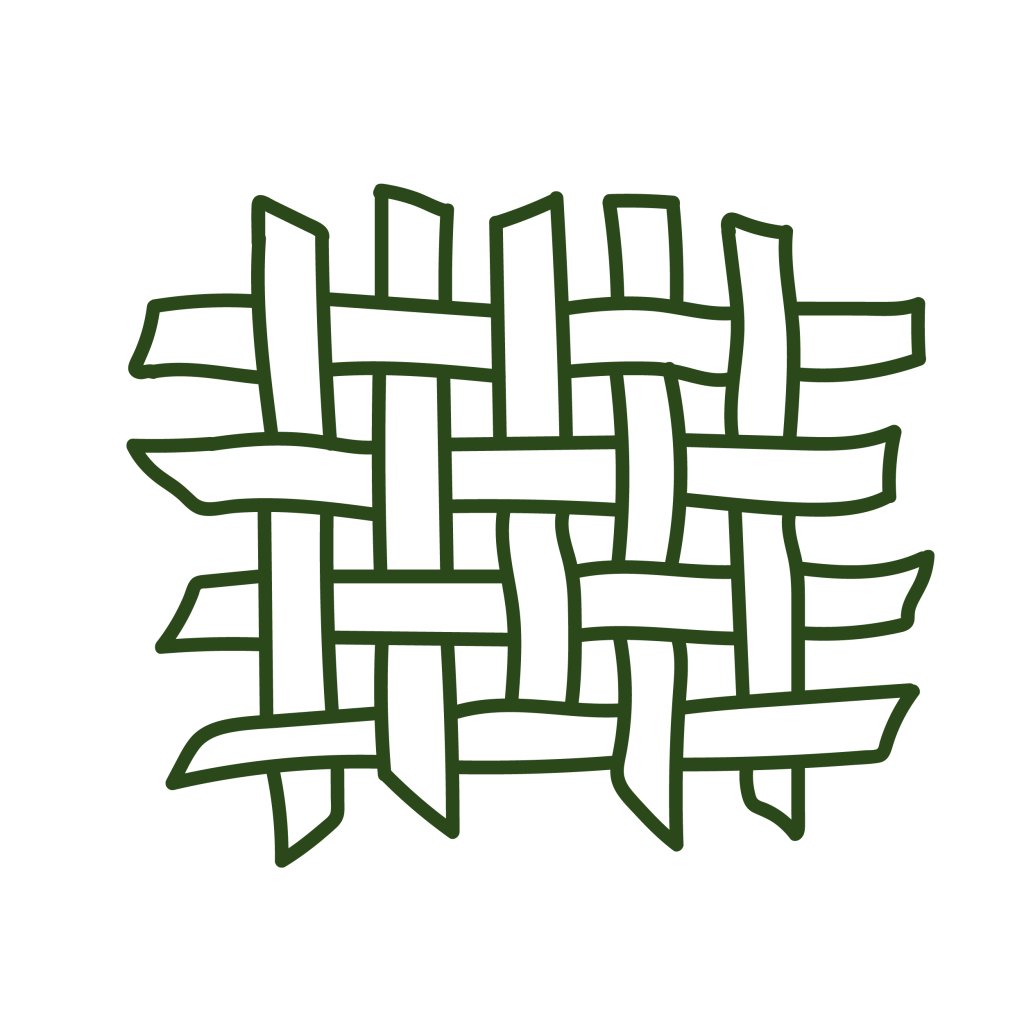 This blog is the follow on from https://www.iwb.net.au/the-ever-changing-role-in-digital-leadership-kotter-model-unpacked/
This blog is the follow on from https://www.iwb.net.au/the-ever-changing-role-in-digital-leadership-kotter-model-unpacked/
and https://www.iwb.net.au/the-ever-changing-role-in-digital-leadership/
Mentoring and Coaching
In my previous blogpost, I took you on a journey of my leadership in moving a school forward into the digital age. By using the John Kotter Model I was able to unpack the steps it took for me to move my sites forward. Today I unpack this further to help you to understand the way in which I utilised coaching and mentoring strategies to guide my staff as I supported them to take their first steps in harnessing digital technologies themselves and also with their students, embedding them within their teaching and learning programs.
First of all let’s unpack Coaching and Mentoring particularly from an Educational Leader’s perspective.
Coaching involves the educational leader and teacher working together to collaboratively look at classroom approaches, interpersonal relationships, or organisational and administrative issues: all of which contribute to the achievement of the whole school improvement plan, and improvements in students’ learning. It is not evaluating and judging teacher performance rather it should be a positive impact on any teacher regardless how long they have been teaching.
Mentoring on the other hand is intended to support the development of all teachers where the leader acts as a support and guides teachers through negotiated/identified issues. This then creates a partnership between the leader and the teacher whereby they work together to achieve the improvements in the classroom practice. Often this occurs through conversations and observations.
In my role as principal and as my site began to lurch forward with technologies it became quite clear that my leadership had to focus on mentoring and coaching of some staff to support them. Through attending the leading a digital school conferences over time I have been able to glean a range of understandings and skills to be able to support my staff with the use of effective digital technologies in their classrooms, specifically ensuring that their purpose was to improve student learning outcomes.
In the early days it was important that I modelled the use of digital technologies in my day to day life at school as well as strategically placing myself in classrooms to observe teacher practice and the inclusiveness or not of digital technologies. This provided me with the opportunity to have open conversations with staff and discuss the range of possibilities and opportunities where digital technologies could enhance the learning for their students within their teaching and learning programs.
I found it extremely positive to sit beside teachers in their classrooms and discuss their teaching and learning programs with them. Through this we were able to identify strategic opportunities where teachers could dabble in digital technologies with their students. This began with the extensive take-aways which were seen and heard at the leading a digital school conferences, not only by myself but the staff which I had previously included and participated in the conferences as well. As a site I encouraged all participants and myself to form a Techie PLC to spend time trialling and sharing the range of new practices learnt from these extensive conferences. Often was the case I would work with teachers in their rooms to model the digital technology tools with their students to begin the first steps forward.
In all good modelling and coaching scenarios it was important for me to learn with and alongside the teachers. This provided the opportunities for rich dialogue to occur and help my staff trust in themselves to take this risk with digital learning, knowing that their leader understood and supported them to ‘give it a go’!
For me as the leader it was and still is an exciting time to be a part of as each staff member trials, implements and later embeds digital technologies in their learning programs. As you can appreciate the journey is never ending as the face of digital technologies continues to evolve at a rapid pace but the great delight is now I have staff who face this challenge head on and continue to evolve themselves.
In summary, the 3 most effective strategies as a leader I have embodied over time have been
- A continuing consistent message to staff around the importance of embedding digital tools with students and providing connected professional learning opportunities for staff (Leading a Digital School conference annually)
- Modelling and coaching my staff at each point of transition by building a culture of risk taking
- Learning with staff and embedding resourcing for digital technologies annually in the school budget.
Once again I will be taking my staff to this year’s ‘Leading a Digital School Conference’ as we continue to enhance our students’ learning through digital technologies. I look forward to seeing you there and would be most happy to have a chat.
Check out the program @ www.iwb.net.au/digital/program
Rick Noack
